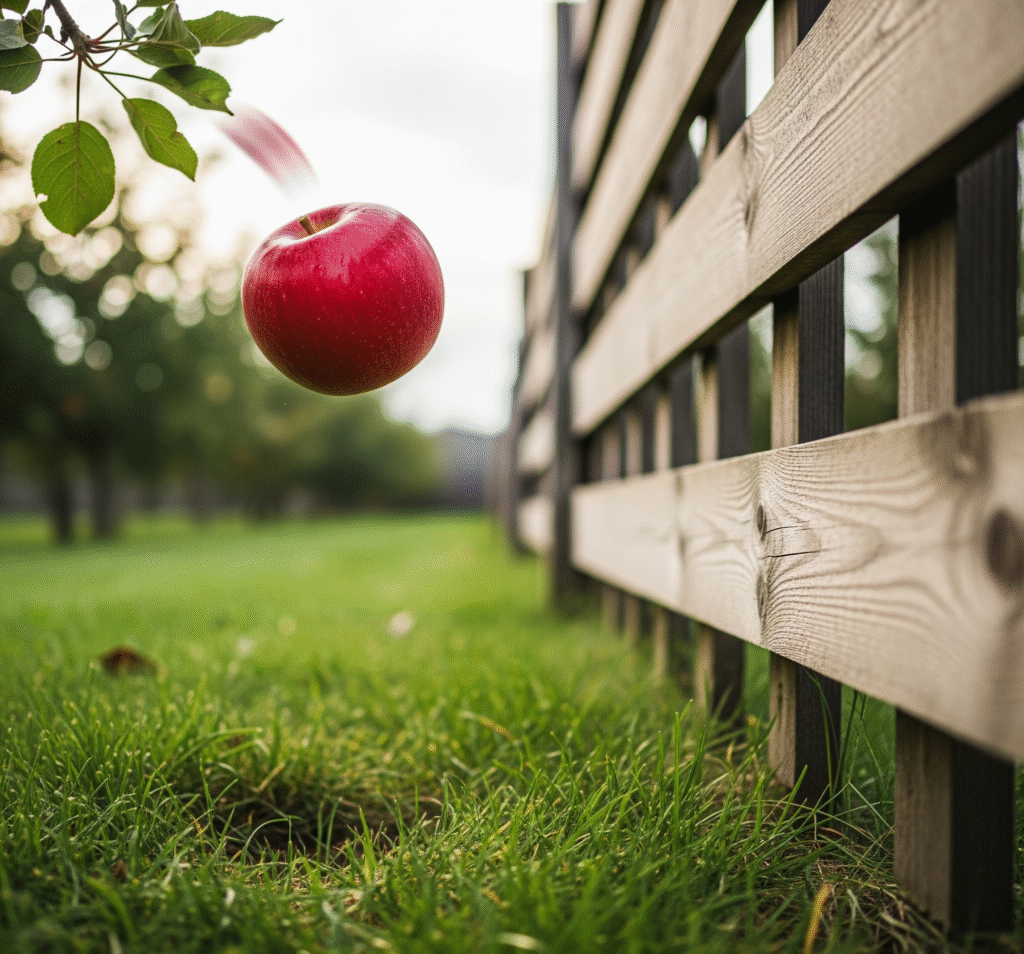As architects and visualization experts, we believe a successful project extends far beyond the blueprint. A well-designed home fosters peace and security, but conflicts over property lines can threaten this harmony. Understanding neighbor tree law is the first step in preventing these issues. This guide explores the common legal pitfalls of property-line trees and demonstrates how intelligent architectural design and advanced 3D visualization are essential instruments for preventing future conflicts.

Neighbor Tree Law: Understanding Your Rights at the Boundary
Before diving into design solutions, it’s crucial to understand the basic legal framework that governs these situations. While specifics can vary, the principles of neighbor tree law are often based on clear precedents, such as those in authoritative legal resources like FindLaw.
Ownership of Branches and Fruit
A tree’s ownership is determined by where its trunk is located. If the trunk is on your property, it is your tree. However, this ownership has its limits. As long as fruit hangs on the branches—even branches that extend over your neighbor’s fence—it legally belongs to you. The moment that fruit falls naturally onto your neighbor’s property, however, ownership transfers to them. This simple rule highlights a key challenge in neighbor tree law: you cannot enter a neighbor’s property without permission to harvest your fruit.
When Nature Becomes a Nuisance
What happens when a neighbor’s windfall is not a few delicious apples but a massive, rotting pile of fruit attracting pests? If a large quantity of fallen fruit creates an unreasonable nuisance, the law is on your side. The affected property owner can demand that the tree owner remove the nuisance, a common principle in property and tree law.
The Right to Trim Under Neighbor Tree Law
The most direct source of conflict is often the branches themselves. Overhanging limbs can block sunlight or damage roofs. According to established neighbor tree law, a property owner has the right to request their neighbor to remove encroaching branches. If the neighbor fails to act, the affected owner is often permitted to perform a “self-help” trim, cutting the branches back to the property line, but must do so without causing undue harm to the tree.
The Architect’s Solution: Proactive Design Over Reactive Conflict
Understanding these laws reveals they are reactive solutions. True architectural excellence is proactive, using design to eliminate these problems from the start.
The Power of 3D Visualization in Landscape Planning
This is where our expertise in 3D visualization services becomes a client’s most powerful tool. A traditional plan can’t show long-term impact, but our advanced modeling can:
- Long-Term Growth Projections: We can simulate how a sapling will mature over decades, showing if its branches will cross into a neighbor’s airspace.
- Shadow Analysis: Our software simulates the sun’s path, ensuring a tree won’t block sunlight from your neighbor’s garden.
- Informed Species Selection: By visualizing a tree’s mature size, we help you choose the right one, preventing future boundary issues.
This level of architectural foresight transforms a potential source of conflict into a well-integrated design feature, ensuring a harmonious relationship with your property.
Designing for Good Relations
Beyond visualization, our design philosophy incorporates strategies to foster good relations:
- Strategic Buffer Zones: We design landscapes with natural buffer zones to avoid boundary issues altogether.
- Amicable Agreements by Design: Planning allows for early, positive conversations with neighbors, making agreements easier.
Ultimately, addressing potential conflicts early through intelligent design is infinitely better than facing disputes down the road.
Frequently Asked Questions (FAQ)
- Can I trim my neighbor’s tree branches that are hanging over my property? Yes, neighbor tree law generally gives you the right to trim branches back to the property line, but you should give your neighbor a reasonable opportunity to do it first and avoid harming the tree.
- Who owns the fruit that falls from my neighbor’s tree into my yard? Once the fruit naturally falls onto your property, it legally belongs to you. You are free to gather it, keep it, or dispose of it.
- How can 3D visualization specifically help prevent tree-related disputes? 3D visualization allows you to see a long-term projection of your landscape. By modeling a tree’s mature height, canopy spread, and seasonal shadow patterns, you can make intelligent decisions about what species to plant and where to plant it.
- What can I do if my neighbor’s fallen fruit is causing a pest problem in my yard? If the amount of fallen fruit is creating an unreasonable nuisance (like attracting wasps or causing a foul smell), you can demand that the tree owner clean it up.
- Is a tree owner automatically liable for damage caused by a falling branch? Not necessarily. Liability often depends on negligence. If an owner knew their tree was diseased or dead and failed to maintain it, they would likely be held responsible for any resulting damage.

[…] 3D visualization is the process of using advanced software to create digital images of a space that are […]
[…] Acoustic Comfort: Plan for sound-absorbing materials to ensure conversation levels are comfortable. […]
[…] Intelligence (AI) is beginning to play a significant role in streamlining the visualization process. While AI won’t replace artistic skill, it is becoming a powerful assistant. For […]